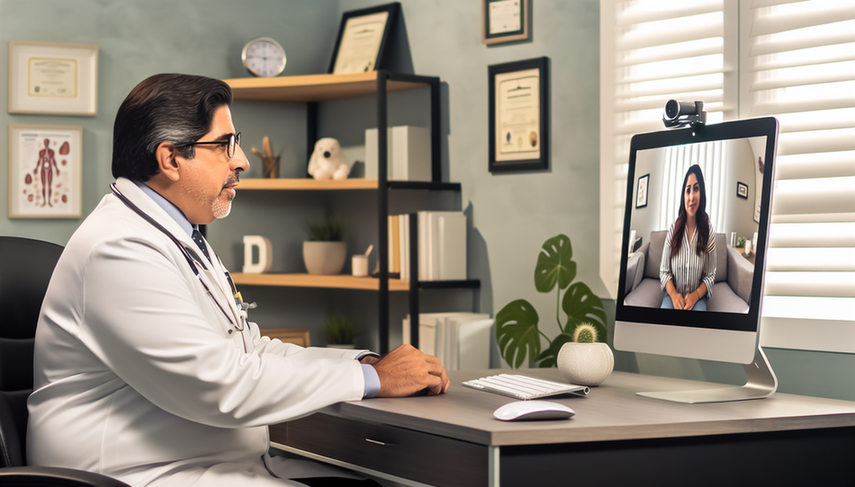Telemedicine: How Remote Care and Digital Transformation are Revolutionizing Medical Video Calls

Telemedicine has emerged as a crucial tool in the digital transformation of remote care. This shift has been driven by the need to provide accessible and efficient medical services, especially in the context of the COVID-19 pandemic. Telemedicine has not only enabled the continuity of healthcare but has also opened new possibilities for telehealth and medical video calls, facilitating access to healthcare for patients in remote areas or with limited mobility.
Diving Deeper into the Digital Transformation of Healthcare
The digital transformation in the health sector has been accelerated by the integration of advanced technologies such as artificial intelligence, the Internet of Things (IoT), and fifth-generation telecommunications networks (5G). These innovations have allowed for the development of patient-centered healthcare models and have improved the efficiency of health services. A notable example is the use of telemedicine in ophthalmology, where digital solutions have been implemented to address diseases such as diabetic retinopathy and glaucoma [1].
Moreover, telemedicine has proven to be a valuable tool in cancer care, optimizing access to treatments and improving the quality of care. However, its implementation faces significant challenges, such as disparities in access to technology and digital literacy [2]. The COVID-19 pandemic has acted as a catalyst for the adoption of telemedicine, highlighting its potential to transform healthcare across various specialties [3].
Conclusions
Telemedicine is redefining how remote care is delivered, offering innovative solutions that enhance accessibility and efficiency in health services. As we continue to advance in this digital era, it is crucial to address challenges related to data privacy, platform interoperability, and the integration of telemedicine with traditional care services. Collaboration among healthcare professionals, regulators, and patients will be essential to maximize the benefits of telemedicine and ensure its successful implementation in the future [4].
Referencias
- [1] Digital technology, tele-medicine and artificial intelligence in ophthalmology: A global perspective.
- [2] Telemedicine and Cancer Care: Barriers and Strategies to Optimize Delivery.
- [3] Implementation and Usefulness of Telemedicine During the COVID-19 Pandemic: A Scoping Review.
- [4] Healthcare professional and manager perceptions on drivers, benefits, and challenges of telemedicine: results from a cross-sectional survey in the Italian NHS.
Created 13/1/2025
